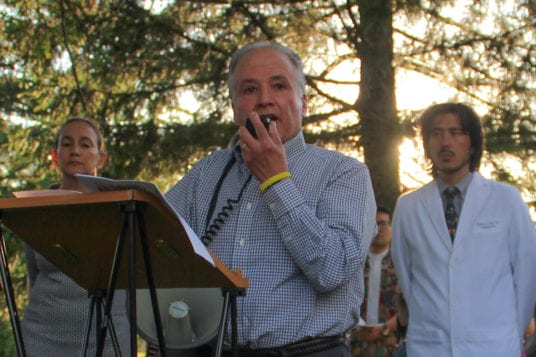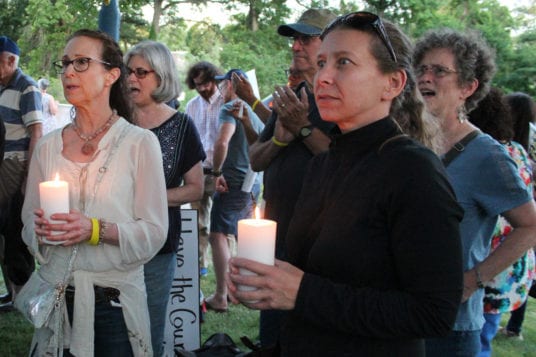By Heidi Sutton
The Smithtown Historical Society (SHS) teamed up with Ranger Eric Powers last Friday night to give our local bats a much needed helping hand. The North Shore community was invited to the historic Frank Brush Barn to learn about our mosquito-eating friends, build a bat house to take home and then stroll the grounds in hopes of catching a glimpse of these fascinating mammals.

And the turnout was impressive as residents of all ages embraced the batty subject and enjoyed a wonderful educational evening. Participants were able to ask questions, had the opportunity to see a bat specimen up close and learned about the different styles of bat houses before assembling one of their own using plywood, screws and wood stain.
Powers was invited to present this program by Melissa Clements, the director of education at the SHS, who attended a bat workshop led by Powers a few months ago at Sands Point Preserve in Port Washington. “I had such a great time and enjoyed it so much,” she said, and couldn’t wait to bring Powers to Smithtown.
An ardent nature lover, Powers moved from Greeley, Colorado, to Long Island 20 years ago partially because “we live in this cool sweet spot where we have northern species and our own species and also southern species that come up — so there is this awesome convergence right here.”
Accompanied by his trusty sidekick, Gangsta, a 100-pound mush of a therapy dog, the wildlife biologist passionately spoke about one of his favorite animals, bats, and his mission to help them. “I’m focusing on bringing back nature, helping to restore the balance of nature, and a lot of that means supporting our natural ecosystem,” he said. And what better way to do that than with bats?
According to Powers, bats are important in so many ways. The only mammals that can fly, bats eat tons of flying insects including beetles, flies, moths, hatching termites and, most importantly, mosquitoes. “They’re out there eating bugs that are bugging us,” he laughed. They also play an important role as pollinators and seed dispersers.

Aside from cats that are allowed to roam free, humans are the bat’s biggest threat. On top of dealing with habitat loss, “Everyone is spraying their property. There is such a chemical soup happening right now, all for killing bugs, killing beneficial insects,” he said sadly, continuing, “The bat’s food, flying bugs, is way down. The vast numbers of bugs are just not there anymore. And now, because we’re so out of balance with our ecosystem, the one thing that is surviving very well are mosquitoes.”
Before they got their hands dirty, Powers showed participants how to assemble a bat house, stressing that, when completed, it should be positioned at least 15 feet high on a tree or post and should be placed where the yard gets full sun from around noon to sunset. “Bats need a safe, warm place to hang out all day long.” Each bat house can accommodate up to 50 bats.
Dominick Domino of St. James decided to bring his daughter Hannah to the event. “It’s an activity we can do together,” he said. Hannah, who will attending summer camp at the historical society this summer, “is always interested about bats. She loves them.” The Dominos will be putting their new bat house in their garden.

David and Susan Henderson of Kings Park learned of the program on Instagram and decided to attend. “We love bats, they are just cute” said Susan, who received a bat house for Christmas. “We put it in our yard but we haven’t had bats yet so we were hoping to learn what we need to fix [to attract them].”
“We are looking forward to getting bats,” said David optimistically, as the couple finished assembling their second bat house.
For SHS Office Manager Victoria DelVento, the program was a great way to dispel any stigmas people have about bats and she was pleased with the wonderful and enthusiastic turnout. “Bats aren’t just for Halloween and they don’t suck your blood,” she laughed. “That was the point of this event.”
All photos by Heidi Sutton![]()

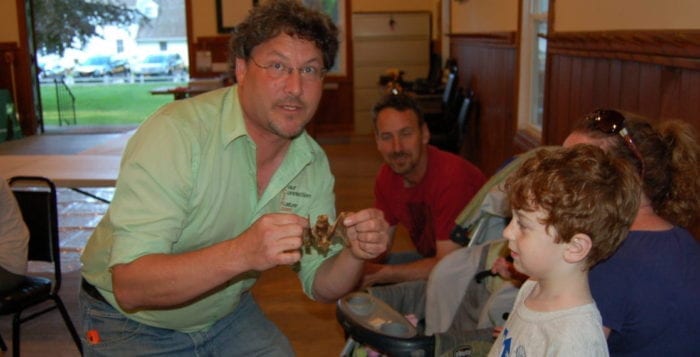










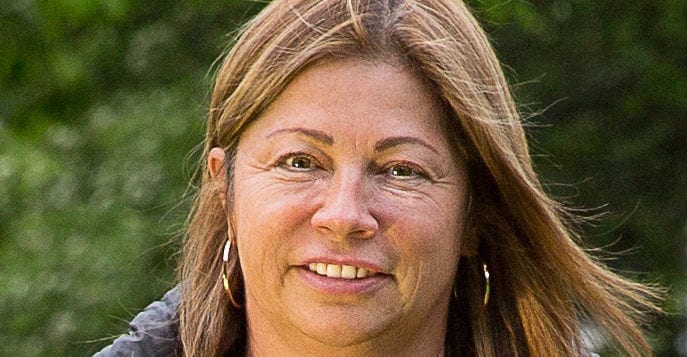



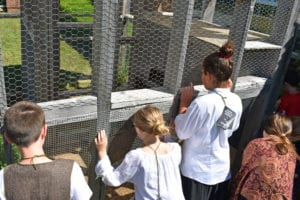
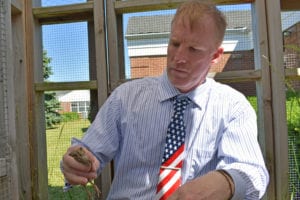
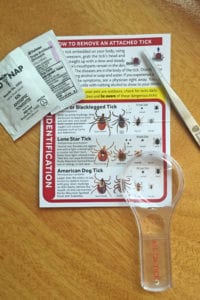

 He secured his third term on the board, after previously spending 12 years on Port Jefferson School District’s board of education. Miller ran on his willingness to advocate for residents of the village, especially regarding the potential property tax implications of an impending settlement with Long Island Power Authority to handle a years-long legal battle about the plant’s property tax assessment, which the utility has contended is too high based on current energy output and demand at the power station. He has also been a staunch opponent of financial assistance packages being awarded by the Suffolk County and Brookhaven Industrial Development Agencies, which have led to the construction of multiple large-scale apartment complexes in the village during the last several years.
He secured his third term on the board, after previously spending 12 years on Port Jefferson School District’s board of education. Miller ran on his willingness to advocate for residents of the village, especially regarding the potential property tax implications of an impending settlement with Long Island Power Authority to handle a years-long legal battle about the plant’s property tax assessment, which the utility has contended is too high based on current energy output and demand at the power station. He has also been a staunch opponent of financial assistance packages being awarded by the Suffolk County and Brookhaven Industrial Development Agencies, which have led to the construction of multiple large-scale apartment complexes in the village during the last several years.


